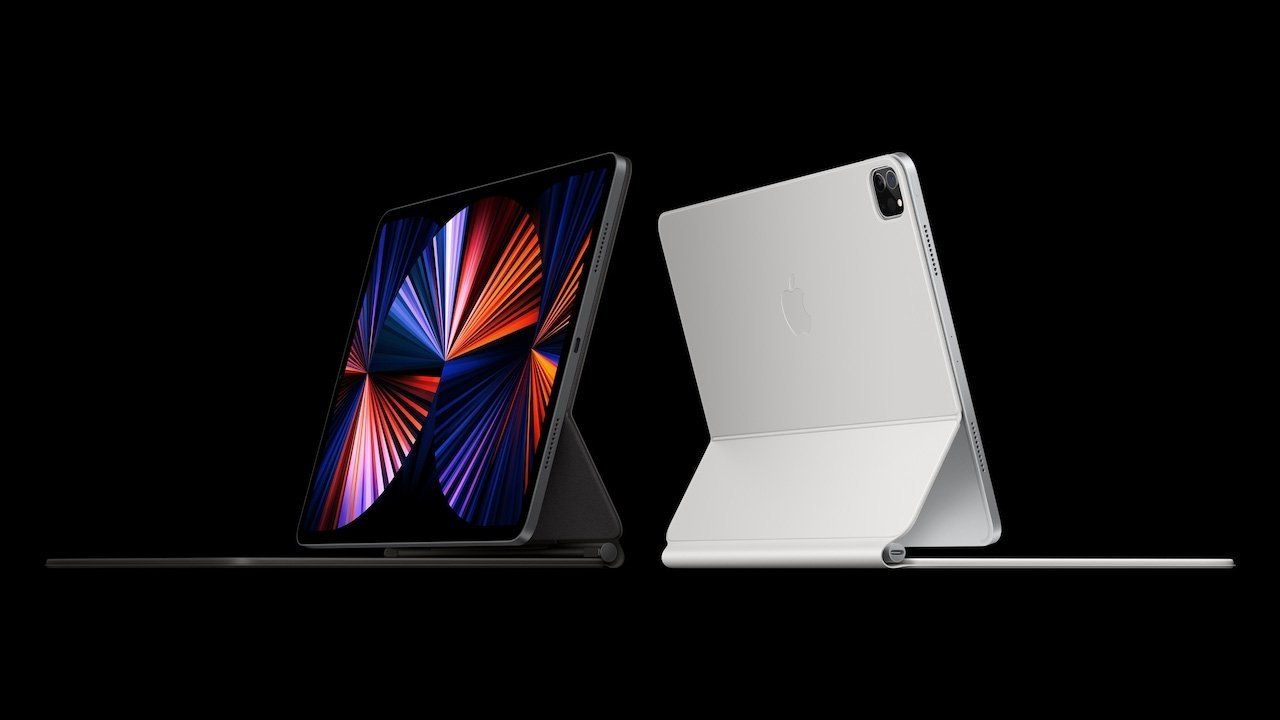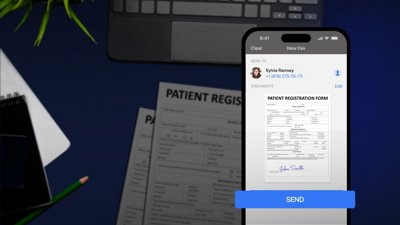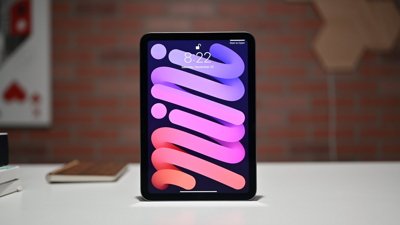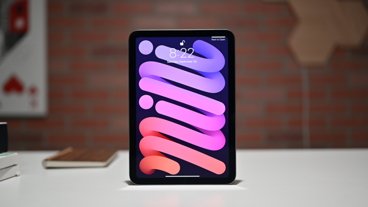In another interview about the iPad Pro, Apple marketing chief Greg Joswiak and Apple hardware chief John Ternus explained some of the design decisions that went into the new tablet.
Apple's updated iPad Pro has enjoyed a number of changes for 2021, including the use of mini LED backlighting to create the Liquid Retina XDR display in the 12.9-inch model, and a change in processor to the M1. In a follow-up interview about the changes, Greg Joswiak and John Ternus discussed why Apple made those changes.
"We've always tried to have the best display," said Ternus to TechCrunch. "We're going from the best display on any device like this, and making it even better, because that's what we do and that's why we, we love coming to work every day is to take that next big step."
Later, on the topic of the M1, Joswiak answered the question about the aggressive specifications bump by offering that Apple pushes the envelope. "And by pushing the envelope that has created this space for developers to come in and fill it."
Citing the lack of creative apps for the first iPad Pro and the plethora available today, Joswiak adds "Because we created that capability, we created that performance - and by the way, sold a fairly massive number of them - which is a pretty good combination for developers to then come in and say, I can take advantage of that. There's enough customers here and there's enough performance."
"We create more headroom to performance that developers will figure out how to use."
Ternus added the M1 used in the iPad Pro is the same as the Mac counterparts. "iPad Pro has always had the best Apple Silicon we make."
In mentioning the Center Stage feature for video conferencing, Ternus calls it "one of the examples of some of our favorite stuff to do because of he way it marries the hardware and software right. So, sure it's the camera, but it's also the SoC and the algorithms associated with detecting the person and panning and zooming."
"That's a lot of talented, creative people coming together and trying to find the thing that makes it Apple-like," Ternus added.
This is not the only interview Joswiak and Ternus have conducted following the "Spring Loaded" special event. On Wednesday, an interview with the two men reiterated Apple's position that the iPad and Mac are two separate product lines, and that they would stay that way.
Stay on top of all Apple news right from your HomePod. Say, "Hey, Siri, play AppleInsider," and you'll get latest AppleInsider Podcast. Or ask your HomePod mini for "AppleInsider Daily" instead and you'll hear a fast update direct from our news team. And, if you're interested in Apple-centric home automation, say "Hey, Siri, play HomeKit Insider," and you'll be listening to our newest specialized podcast in moments.
 Malcolm Owen
Malcolm Owen







-m.jpg)






 Christine McKee
Christine McKee
 Amber Neely
Amber Neely
 Andrew Orr
Andrew Orr

 Sponsored Content
Sponsored Content

 William Gallagher
William Gallagher








26 Comments
Just announce virtualisation support at WWDC and you can have my wallet. When it can run any ARM OS as an app in iPadOS, they will sell like hotcakes
The iPad Pro is an amazing piece of hardware, but iPadOS is holding it back from actually being useful for productivity beyond basic or niche tasks. Even previous iPad Pro models are well under-utilized for their hardware capabilities.

Despite all the flak they get for "not being a tablet", Microsoft's 2015 Surface Pro 4 was the benchmark for productivity in this form factor. Sure, it didn't have smooth touch apps that iOS/iPadOS offers, but it could use the pen for literally any drawing app, OneNote, StaffPad, CAD software, etc. While at the end of the day, it was a still full Windows PC that could run just about any software, VMs and work with pretty much any device (dock, printer, monitor, controller, external storage, wired network, etc.)
Yes, it was running full desktop PTC Creo in 2015.
I do hope Apple finally finds a way to bridge macOS and iPadOS for the iPad Pro, because there is so much potential there (keeping my fingers crossed for WWDC21).